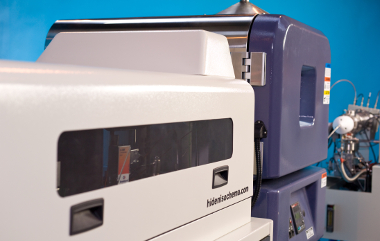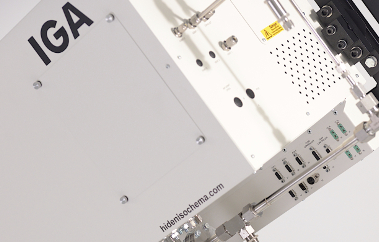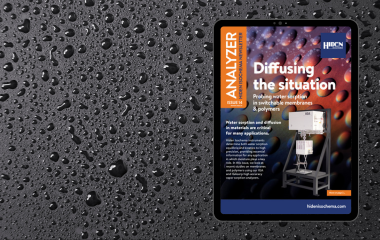In the Journal of the American Chemical Society, Stylianou et al have reported on the investigation of the structural transformation of a Zn-based flexible
University of Bath present latest Isotope Exchange Apparatus data

Amongst the many examples of interesting work presented at MH2014, one poster was of particular interest to Hiden Isochema:
Kinetics and mechanisms of hydrogen isotope exchange over solid storage media
Simon Owens, Tim Mays and Tim Barnes
(See TuP-108 in the MH2014 Abstract Book)
This work was presented by the first author, Simon Owens from the Department of Chemical Engineering at the University of Bath here in the UK, and featured data from the Hiden Isochema Isotope Exchange (IsoEx) Apparatus. This bespoke system was built by us and features a high resolution Hiden Analytical quadrupole mass spectrometer. It allows the performance of experiments designed to investigate the isotope (H2/D2) exchange process over solid state samples.
The poster, in particular, focussed on Simon’s work on exchange over Pd, which exhibits an inverse isotope effect,i.e. hydrogen is absorbed preferentially over deuterium. The experimental measurements, which were performed at several pressures between 5.8 and 8 bar, at a flow rate of 1 litre per minute, and temperatures in the range 208 K to 373 K, show the exchange from PdD to PdH as a function of time, following the switching of the input gas through the Pd sample bed. Furthermore, the high resolution mass spectrometer allowed the determination of the amount of HD present throughout the process. To support the measurements, a COMSOL Multiphysics® kinetic model, incorporating the Langmuir-Hinshelwood mechanism, was developed and fitted successfully to the data.
For further information about this work, please do not hesitate to contact us now.



